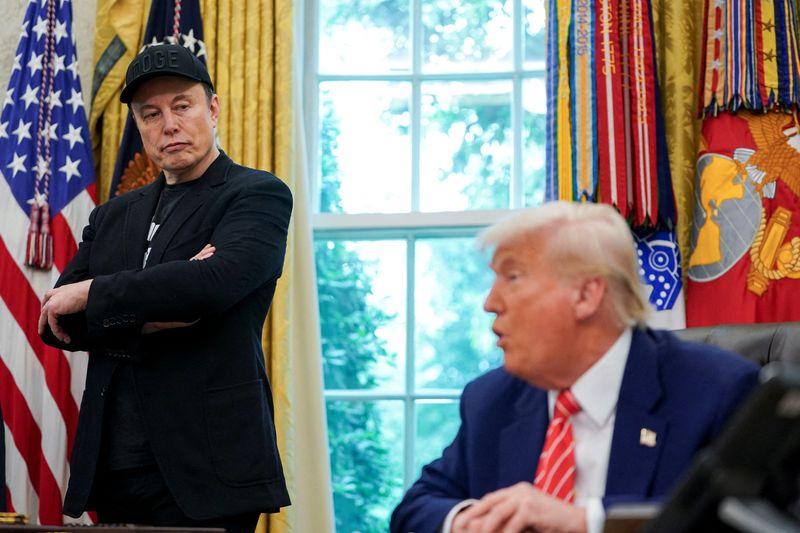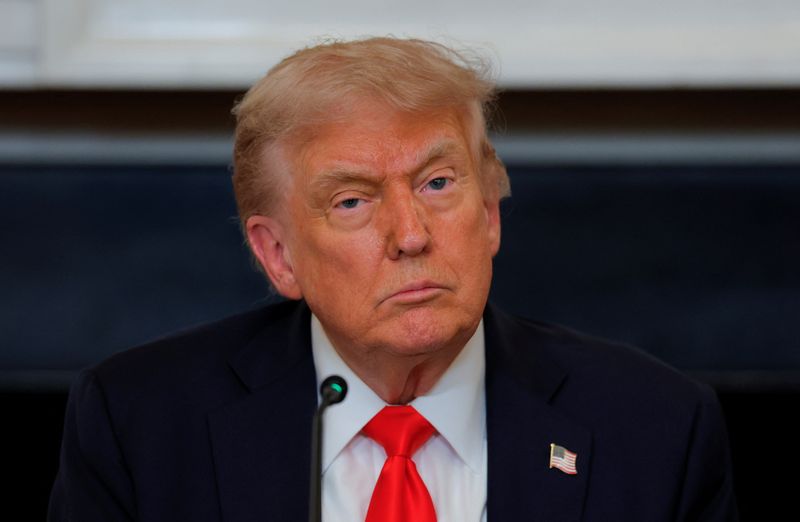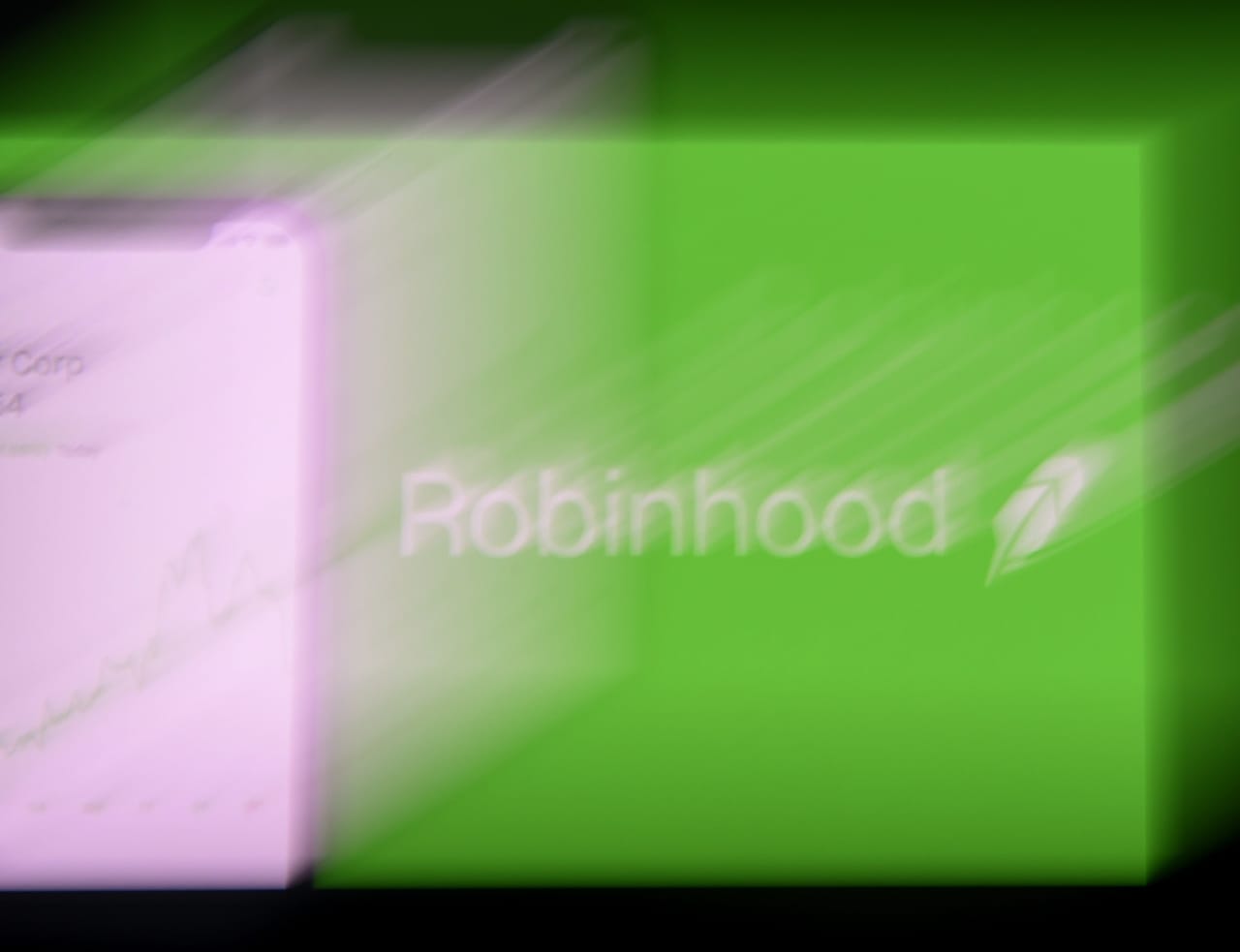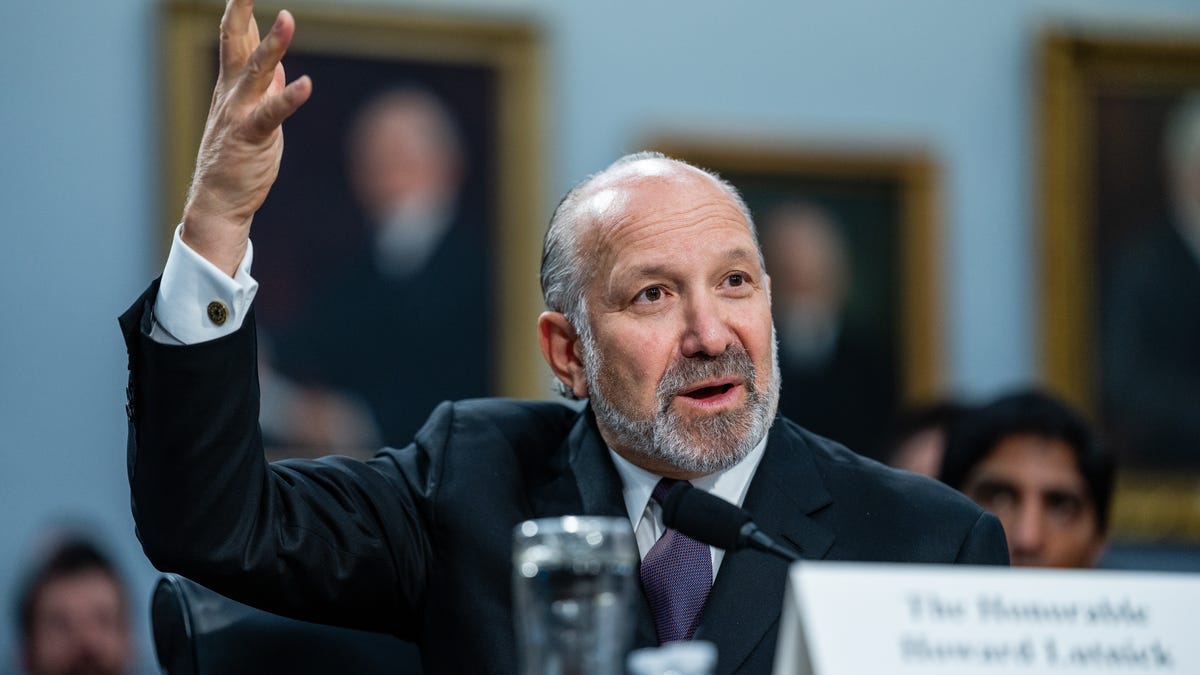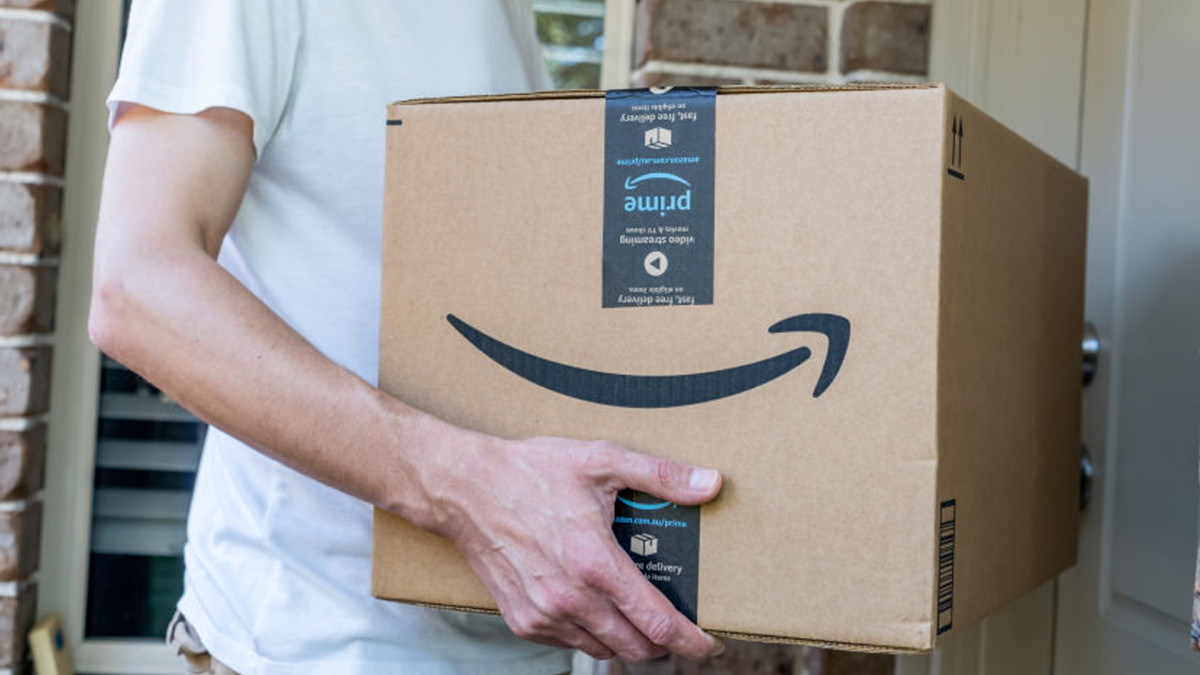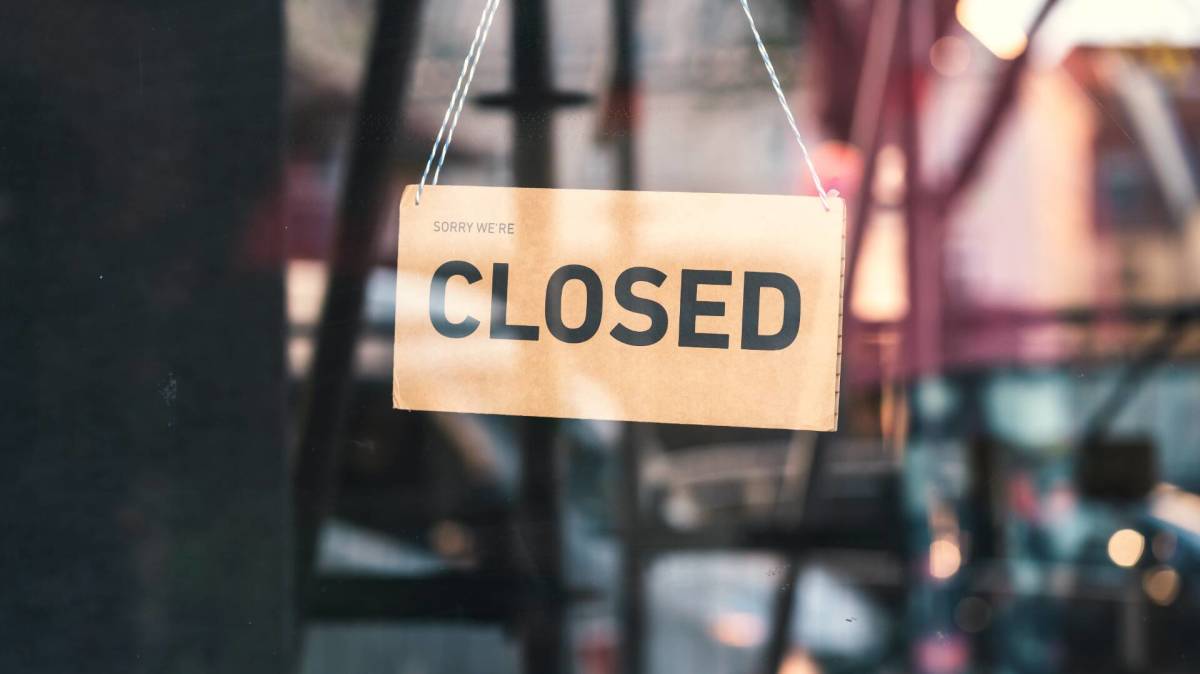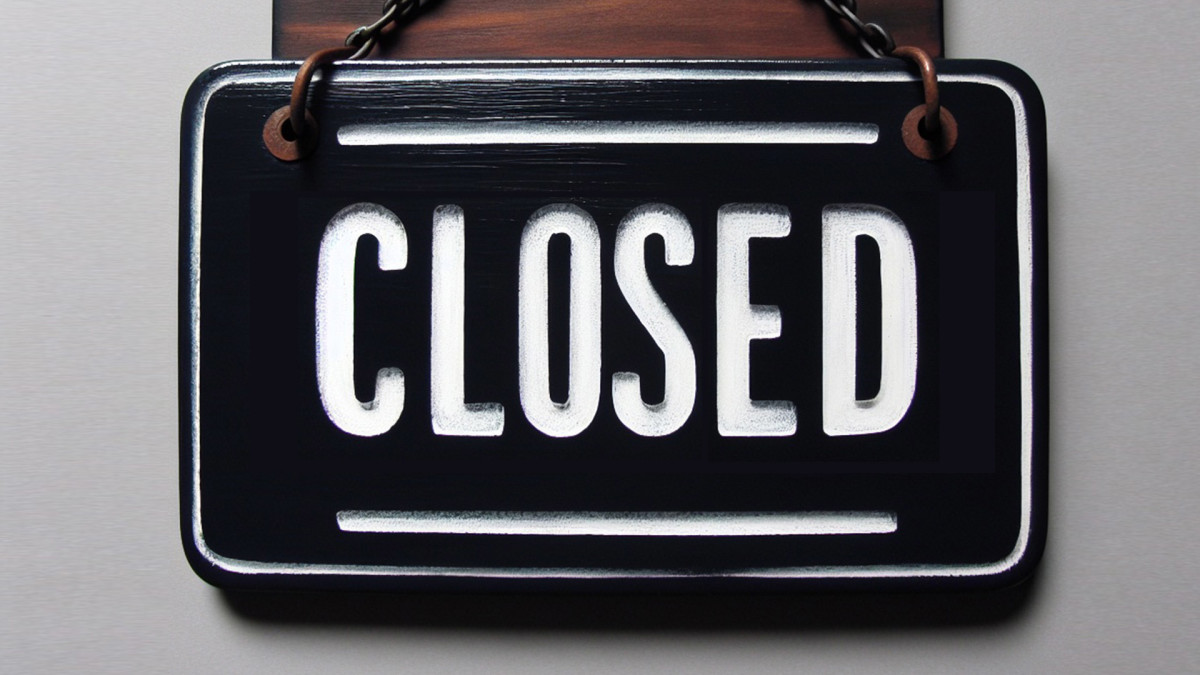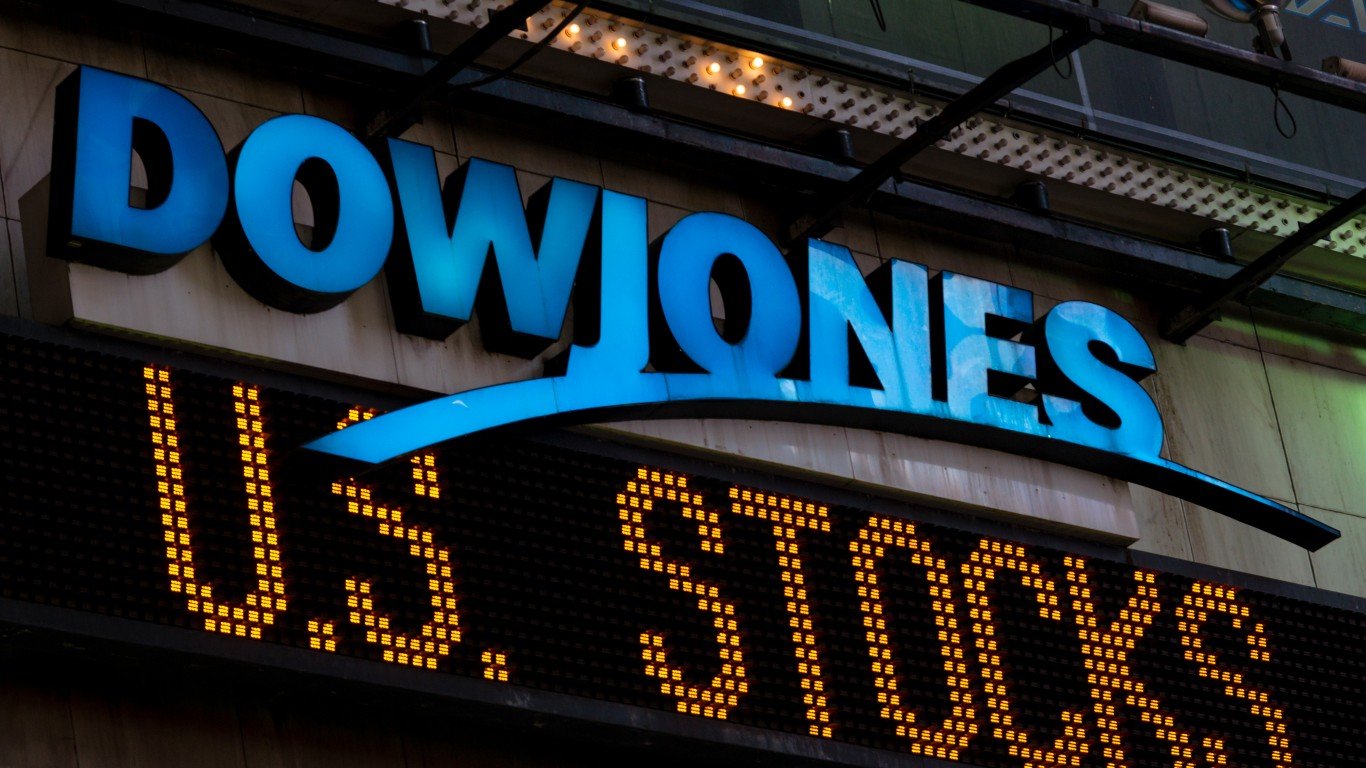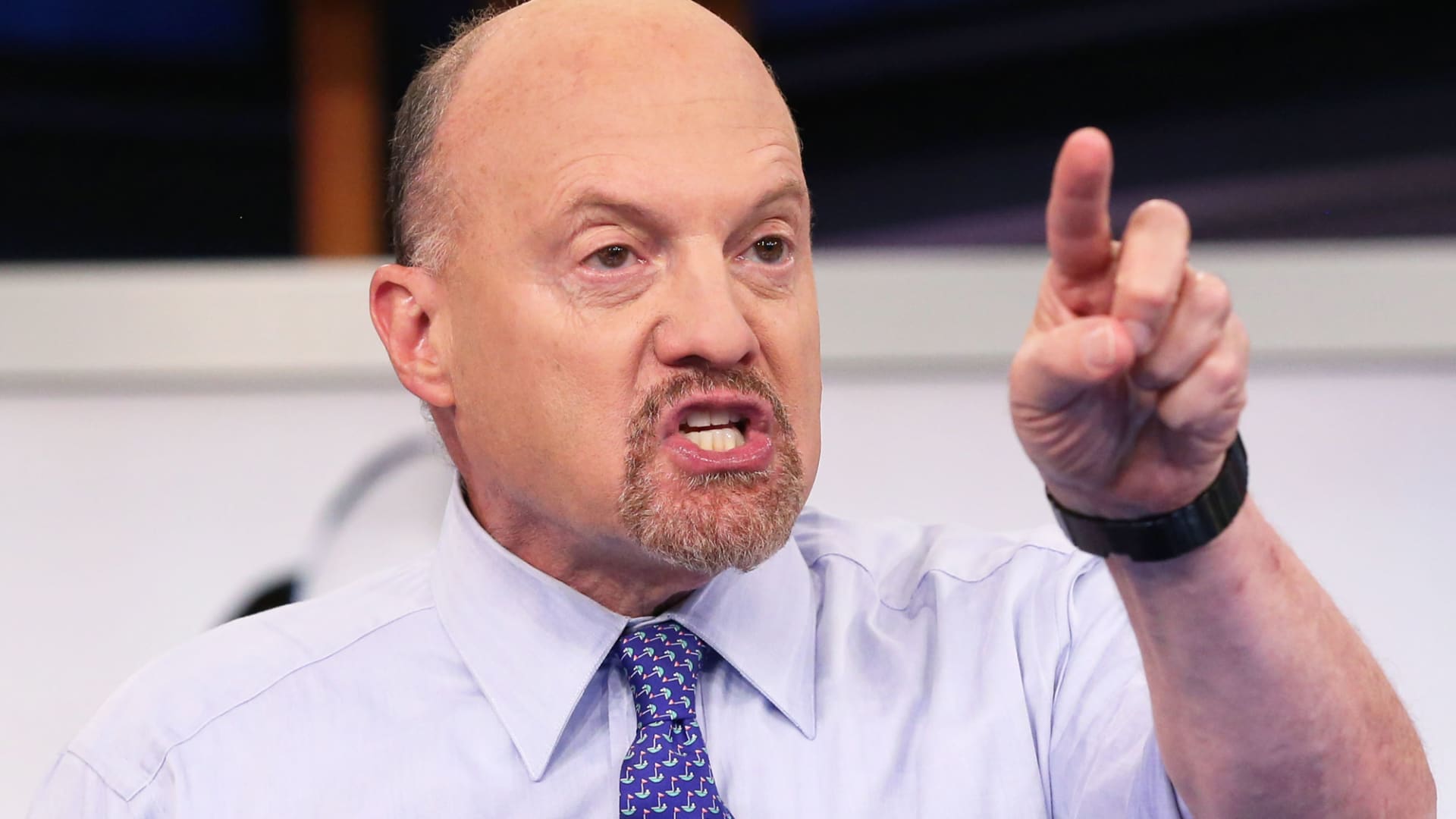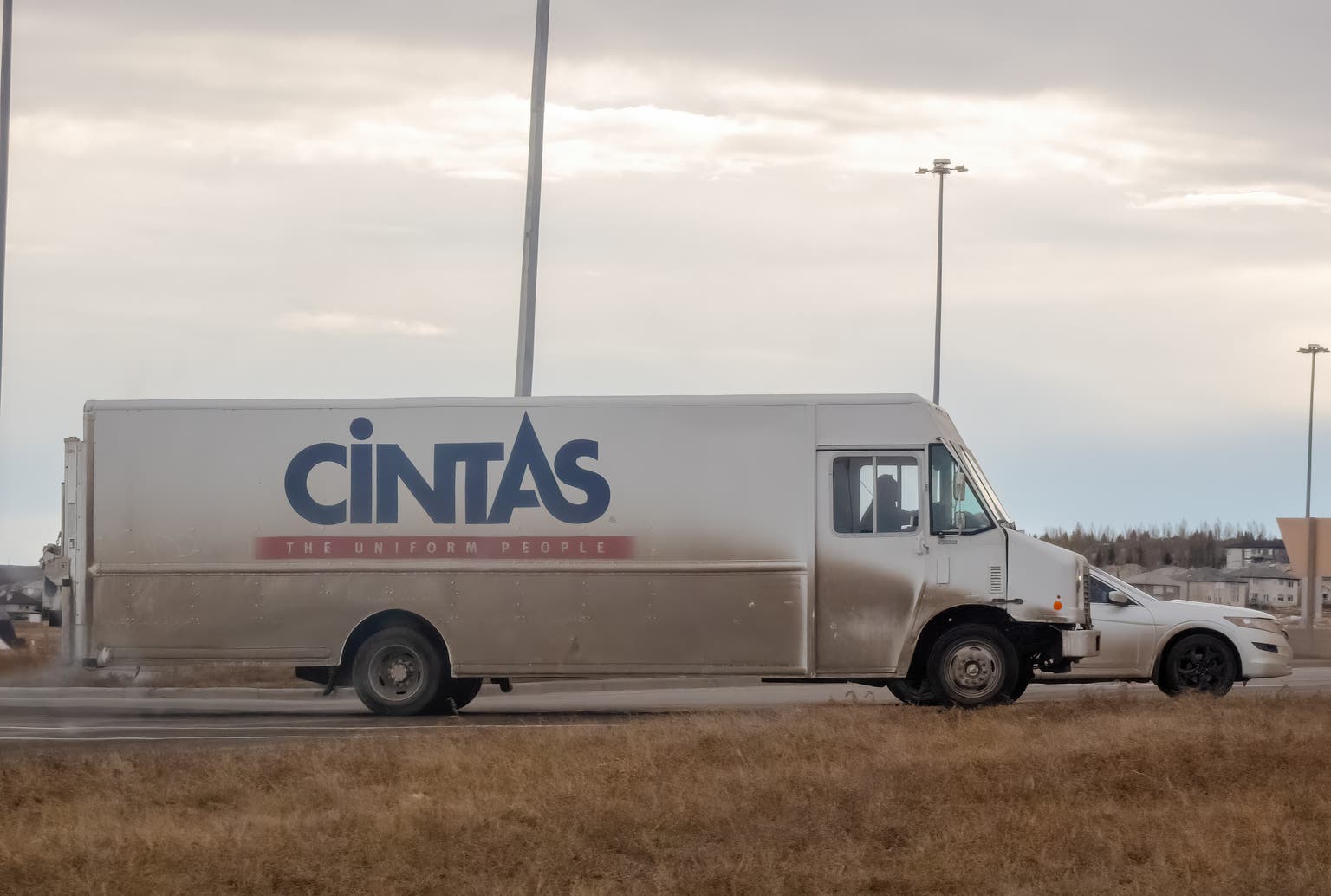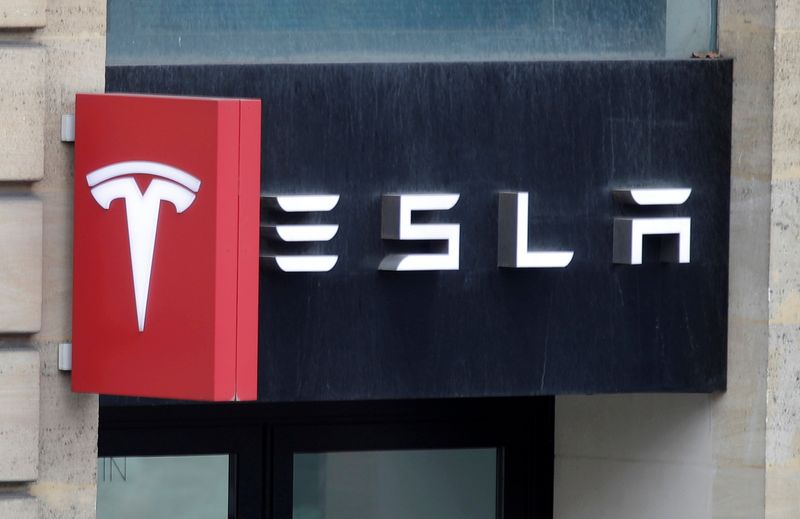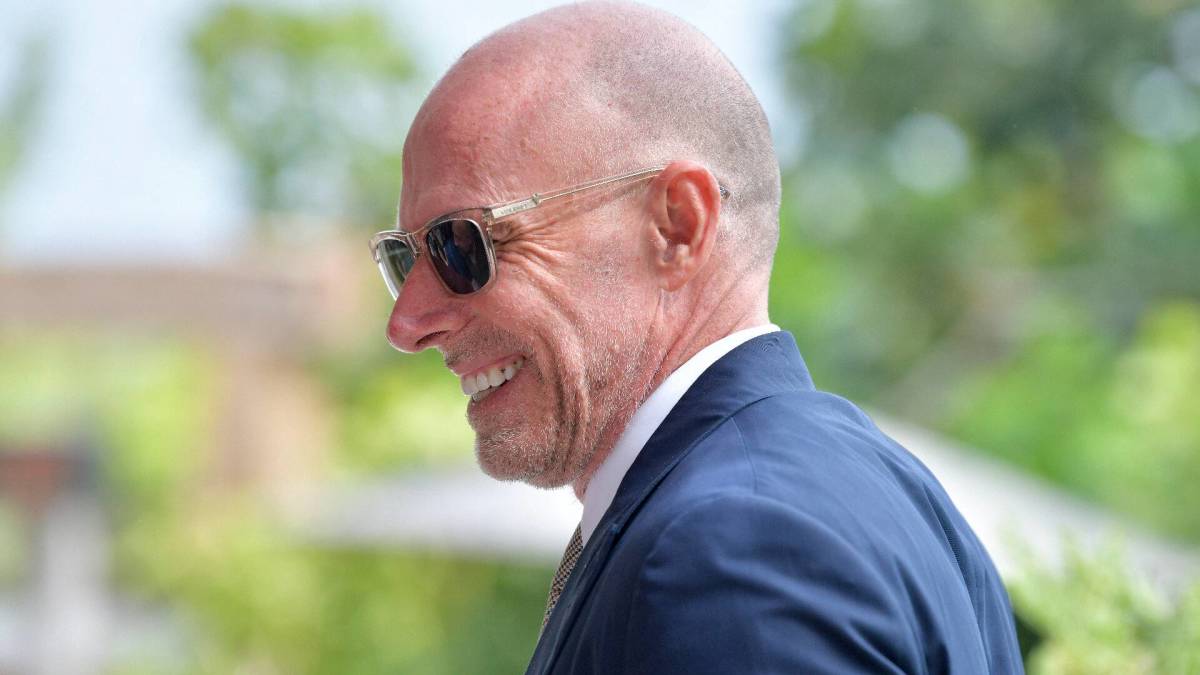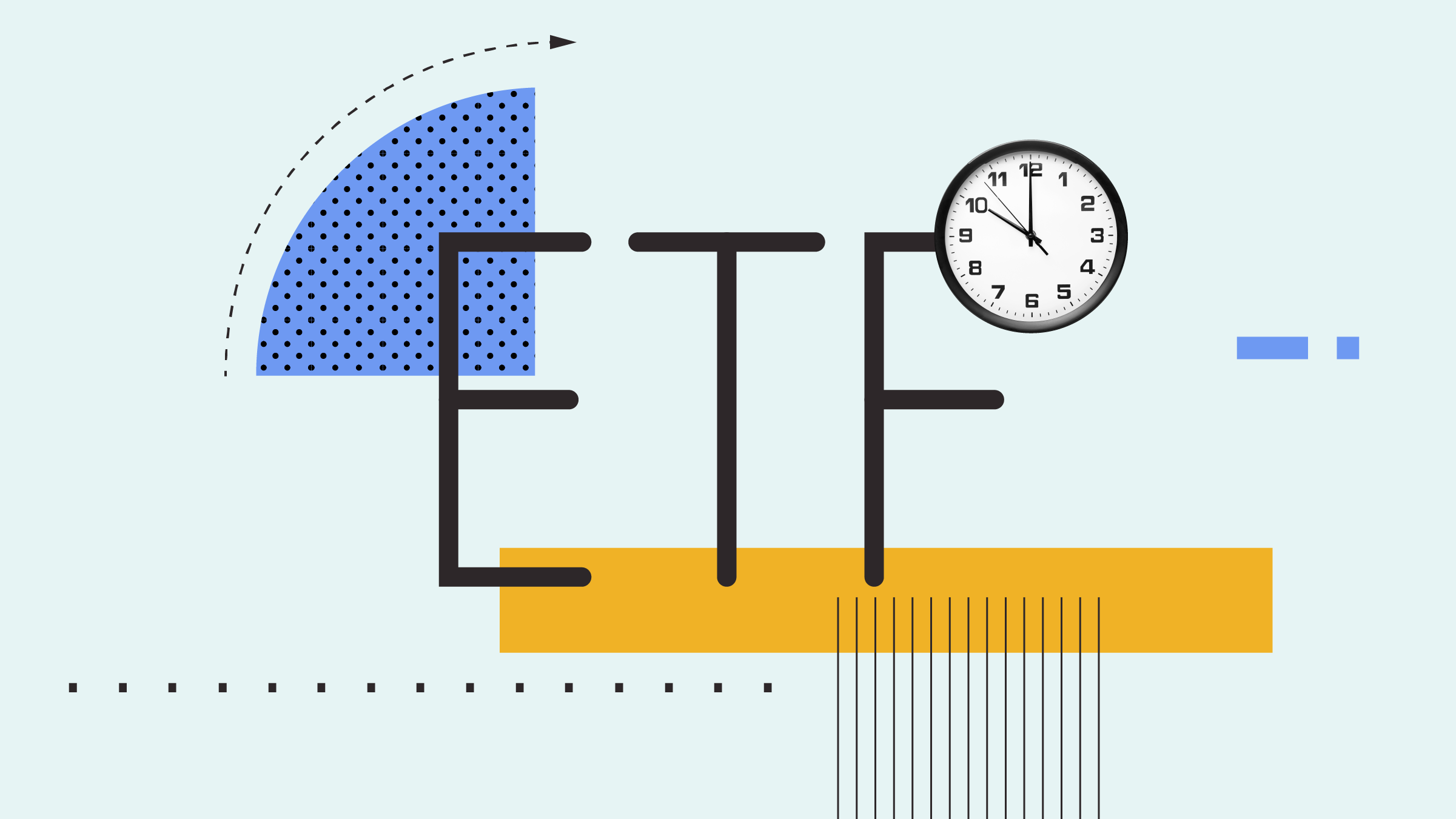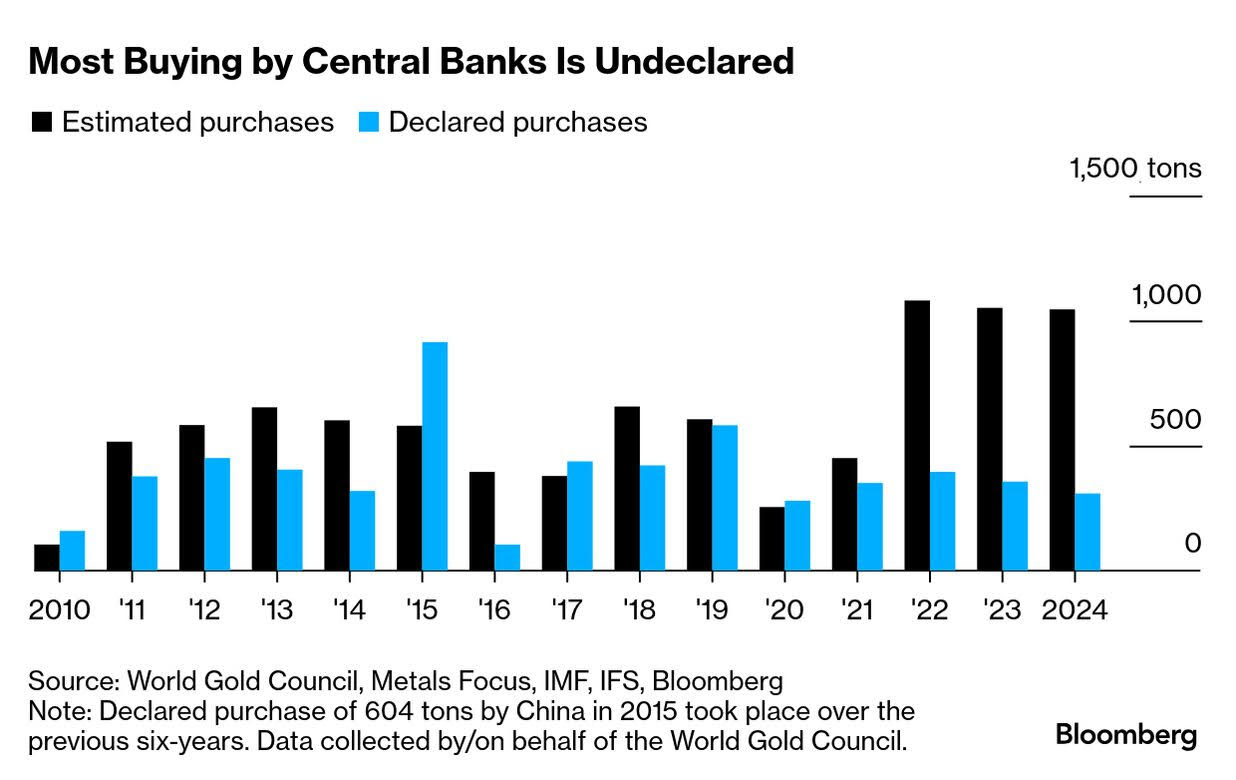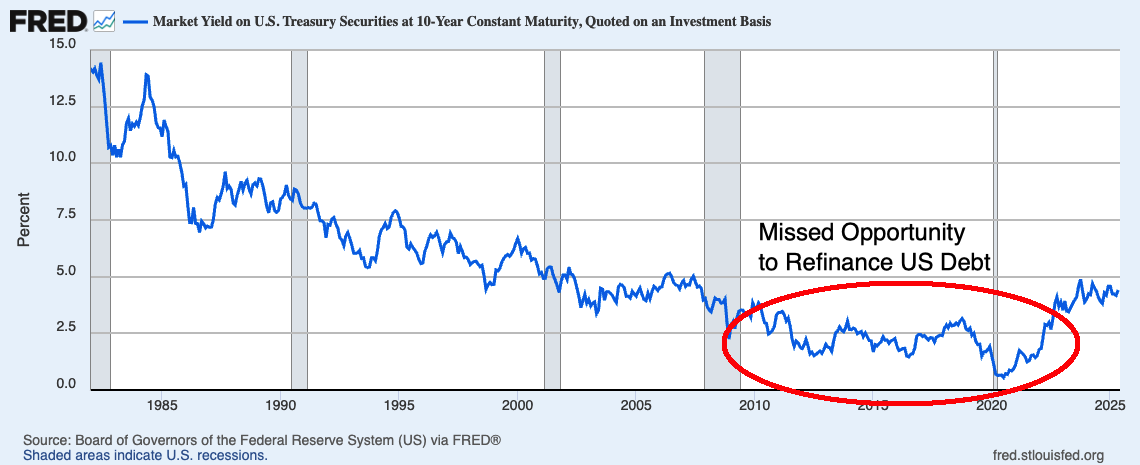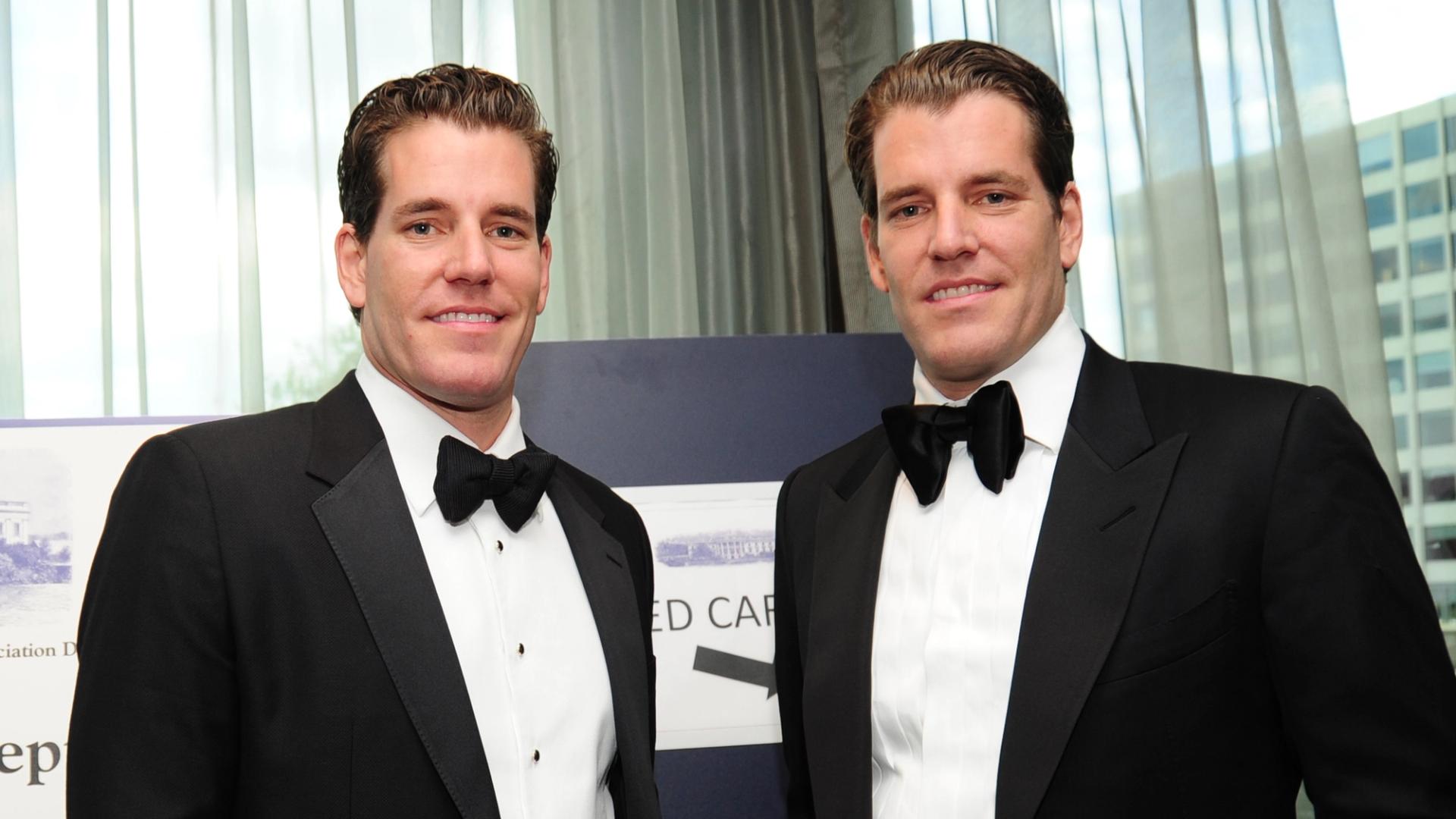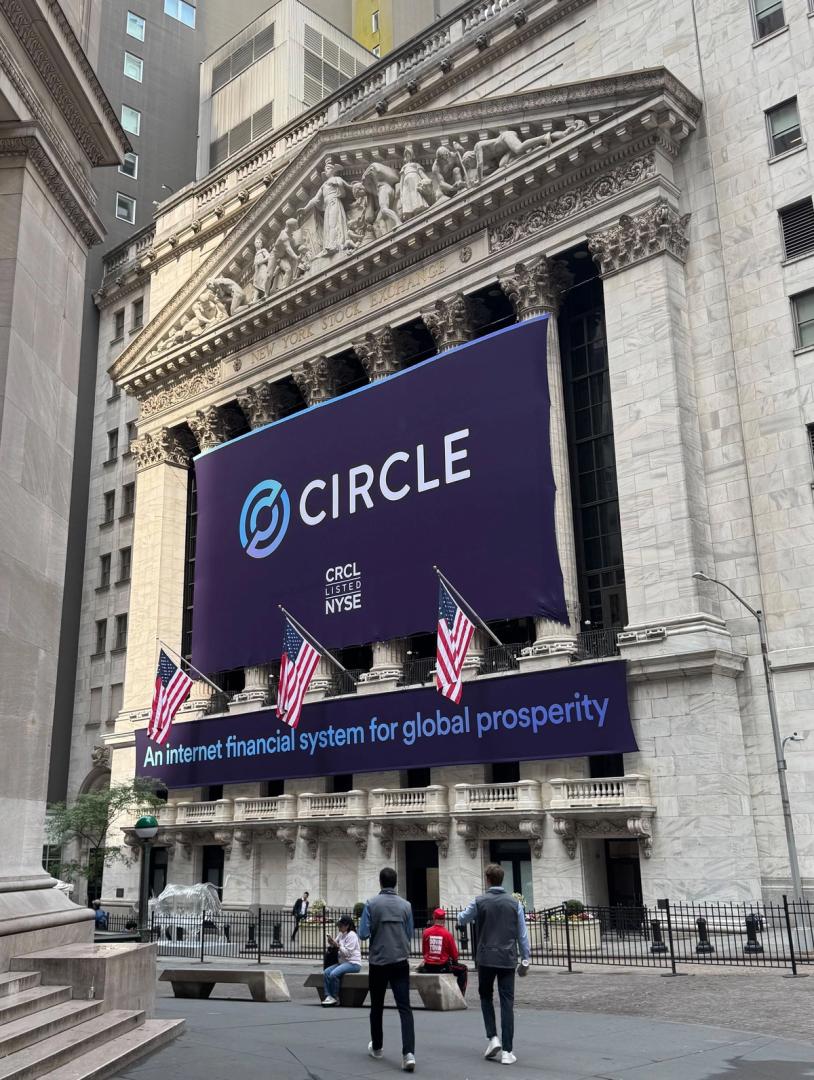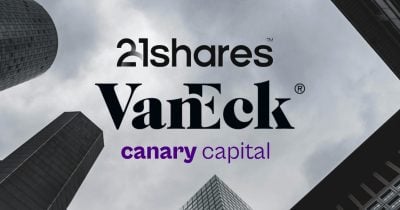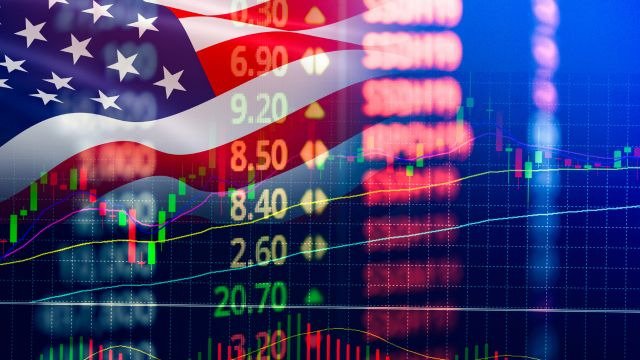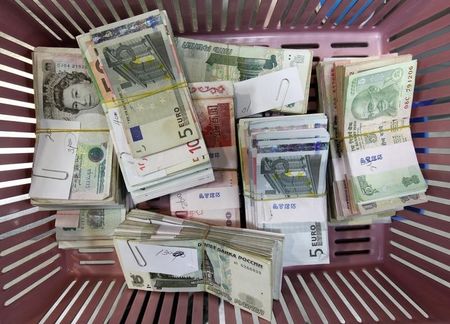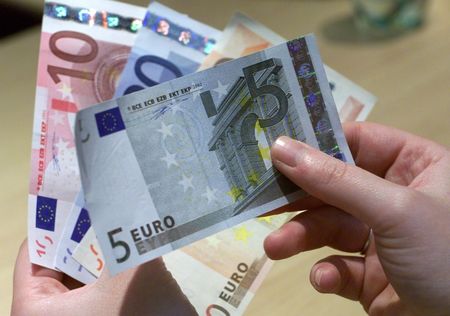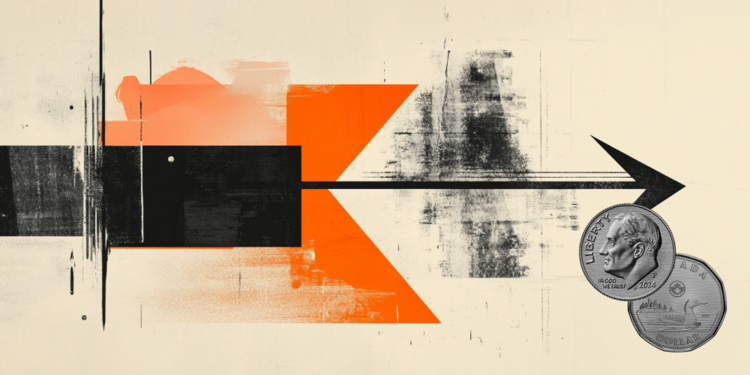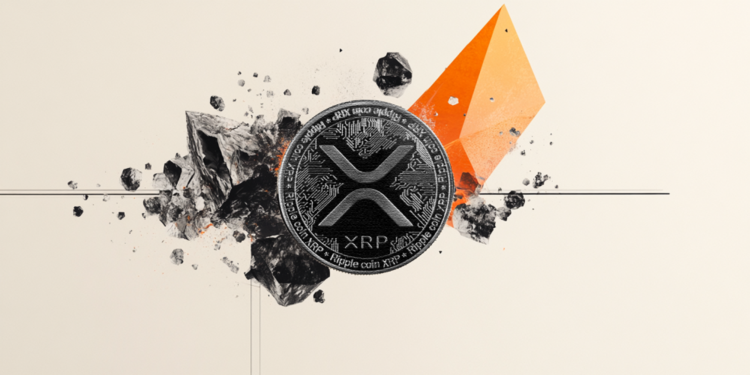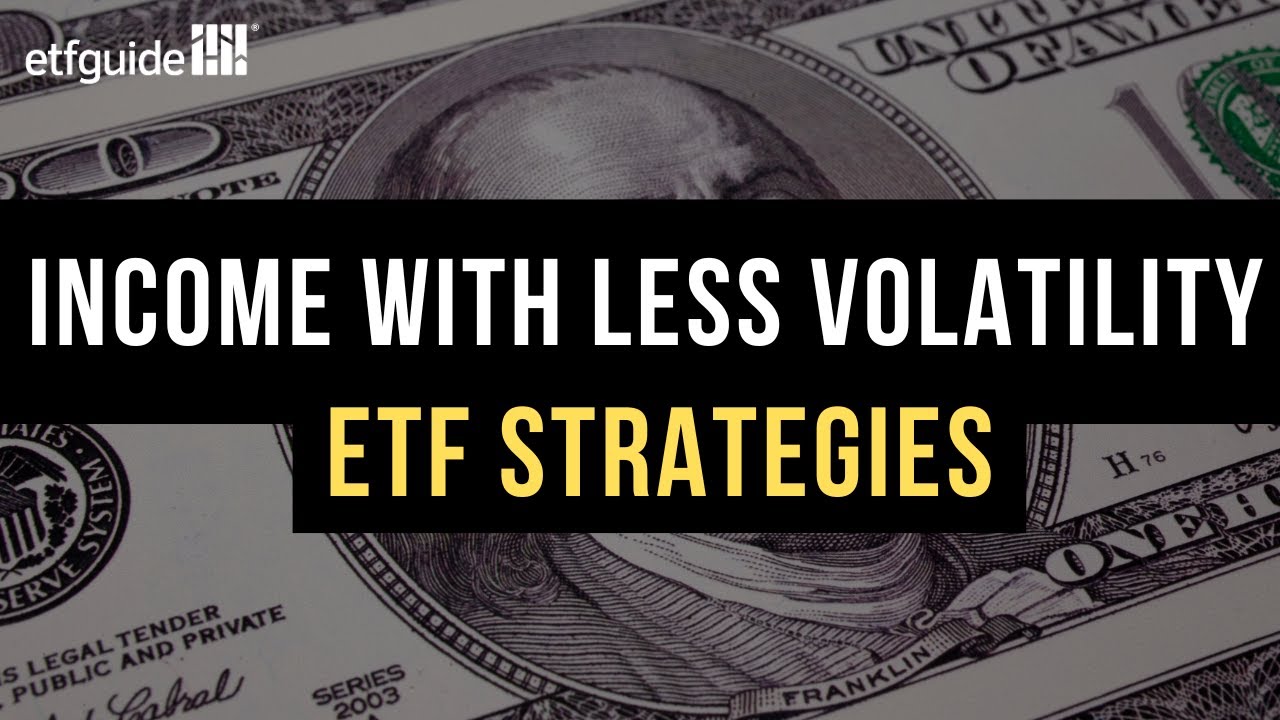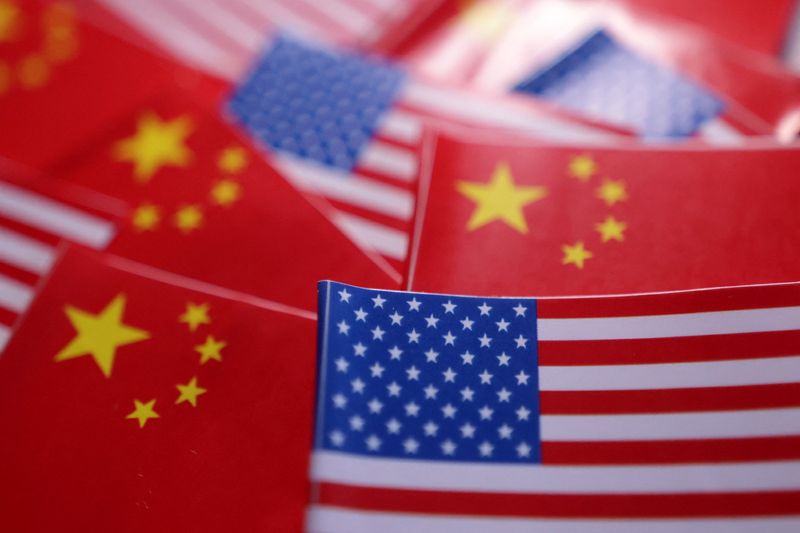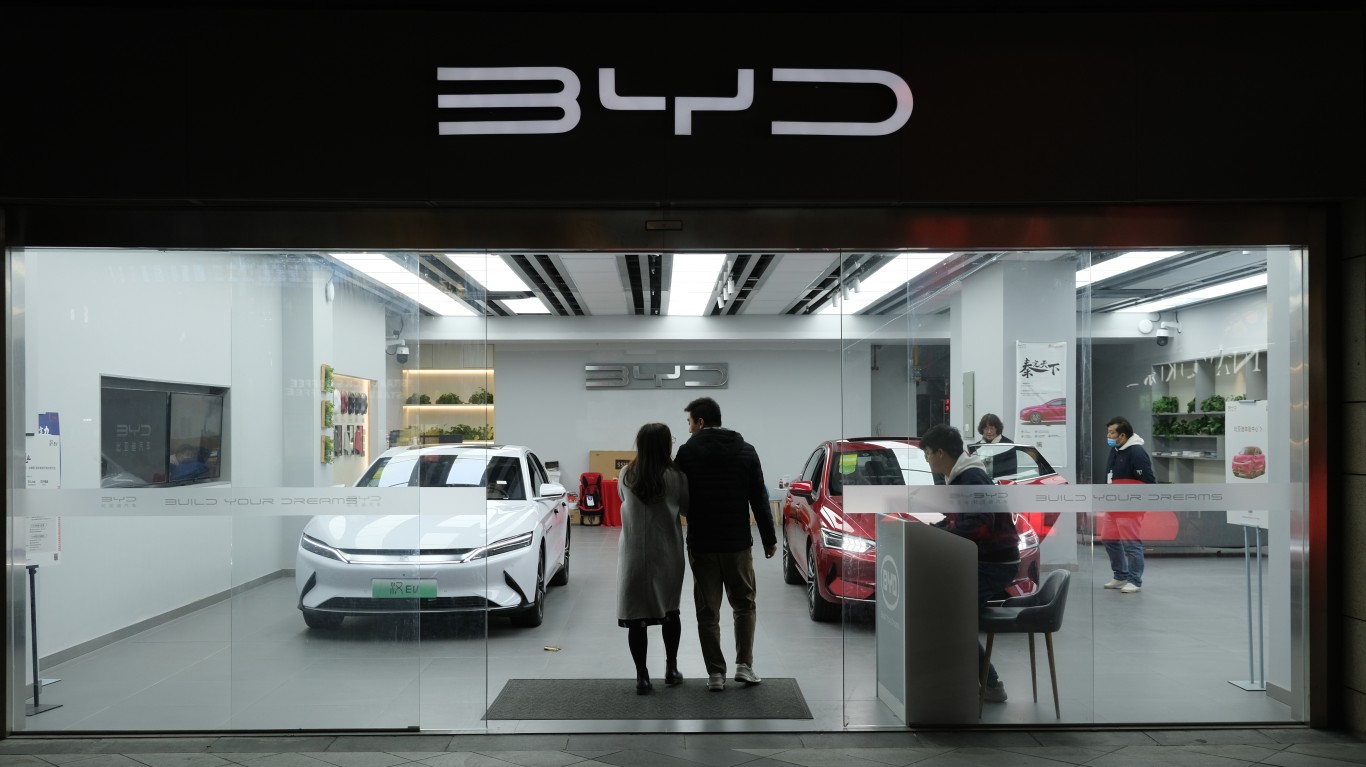2 Dividend Kings Reshaping Their Empires—Here’s The Hidden Opportunity
Dividend Kings are companies that have increased their dividends for at least 50 consecutive years, a testament to their financial resilience and commitment to shareholders. These elite firms, often in stable industries like consumer staples, offer investors reliable income streams and long-term stability, even in volatile markets. Their consistent dividend growth reflects strong cash flows, […] The post 2 Dividend Kings Reshaping Their Empires—Here’s The Hidden Opportunity appeared first on 24/7 Wall St..

Key Points in This Article:
-
Dividend Kings like Kimberly-Clark (KMB) and Procter & Gamble (PG) demonstrate financial resilience by increasing dividends for over 50 years, with recent restructurings aimed at enhancing profitability.
-
Kimberly-Clark’s $3.5 billion Kleenex sale and Procter & Gamble’s plan to cut 7,000 jobs and divest non-core brands focus on streamlining operations for higher margins.
-
These restructurings present investors with potential hidden opportunities for value creation as they streamline their operations.
-
Sit back and let dividends do the heavy lifting for a simple, steady path to serious wealth creation over time. Grab a free copy of “2 Legendary High-Yield Dividend Stocks“ now.
Dividend Kings are companies that have increased their dividends for at least 50 consecutive years, a testament to their financial resilience and commitment to shareholders.
These elite firms, often in stable industries like consumer staples, offer investors reliable income streams and long-term stability, even in volatile markets. Their consistent dividend growth reflects strong cash flows, disciplined management, and enduring business models.
Among the 54 Dividend Kings in 2024, Kimberly-Clark (NYSE:KMB) and Procter & Gamble (NYSE:PG) stand out as consumer giants with iconic brands like Kleenex and Tide. Both have recently announced significant restructurings, signaling strategic shifts to enhance efficiency and focus on high-growth areas.
Kimberly-Clark has agreed to sell a majority stake in its Kleenex and tissue businesses outside North America to Brazil’s Suzano (NYSE:SUZ) as part of a joint venture. Although these moves may be disruptive in the short term, they are intended to streamline operations and boost profitability, potentially unlocking value for investors.
Kimberly-Clark’s Kleenex Sale
Kimberly-Clark’s proposed $3.5 billion sale of a majority stake in its Kleenex and tissue businesses outside North America to Brazil’s Suzano as part of a joint venture valued at approximately $3.3 billion to $3.5 billion reflects a strategic pivot toward higher-margin segments. The company, with brands like Huggies and Kotex, has faced challenges from currency fluctuations and competition, leading to a 6% sales drop in first-quarter sales despite a smaller 1.6% organic decline. The spin-off targets low-margin tissue operations, allowing Kimberly-Clark to benefit from the growth potential in its international personal care and professional segments, which generated around $3.3 billion in 2024.
This restructuring, part of the Powering Care strategy, aims to accelerate innovation and improve margins, with adjusted gross margins reaching 36.9% in Q1. The move is expected to reduce overheads and streamline supply chains, building on a 2018 program that cut 5,000 to 5,500 jobs and targeted $500 million to $550 million in savings.
By shedding less profitable assets, Kimberly-Clark aims to enhance shareholder value through focused growth and sustained dividend increases, marking its 52 years that classifies it as a Dividend King.
Procter & Gamble’s Restructuring Plan
Procter & Gamble’s two-year restructuring, announced on June 5, involves cutting 7,000 non-manufacturing jobs and divesting non-core brands to optimize its portfolio. With a market cap of $330 billion, PG dwarfs Kimberly-Clark and boasts stronger sales trends, with 2% organic revenue growth projected for 2025.
The plan, which will cost between $1 billion to $1.6 billion, targets supply chain efficiency and innovation in high-growth areas like skin care and laundry. PG’s portfolio, including Pampers and Gillette, has faced margin pressures, but its gross margins remain robust at high 40% levels. The divestitures aim to shed underperforming brands, potentially including smaller categories impacted by market shifts.
This follows a history of streamlining, with PG consistently outperforming KMB in sales growth. As a Dividend King with 69 years of dividend hikes, PG’s restructuring seeks to maintain its financial strength and market dominance while enhancing long-term profitability.
The Hidden Opportunities for Investors
For investors, these restructurings signal both risks and opportunities. Kimberly-Clark’s Kleenex spin-off may temporarily reduce revenue, but positions the company for higher margins and innovation-driven growth, supporting its 3.7% dividend yield. Procter & Gamble’s job cuts and divestitures, while costly, aim to bolster its 2.5% yield and market leadership.
The hidden opportunity is that both companies could unlock value through share buybacks or special dividends after the restructuring. By shedding low-margin assets, they can redirect capital to high-growth segments or return it to shareholders, potentially increasing their stock value.
KMB’s lower valuation (2.1 times sales compared to PG’s 5) offers value investors a chance to buy a Dividend King at a discount, while PG’s higher valuation reflects its growth potential. Investors should monitor execution risks, but these moves could serve as catalysts for long-term gains in a stable, income-generating sector.
The post 2 Dividend Kings Reshaping Their Empires—Here’s The Hidden Opportunity appeared first on 24/7 Wall St..




